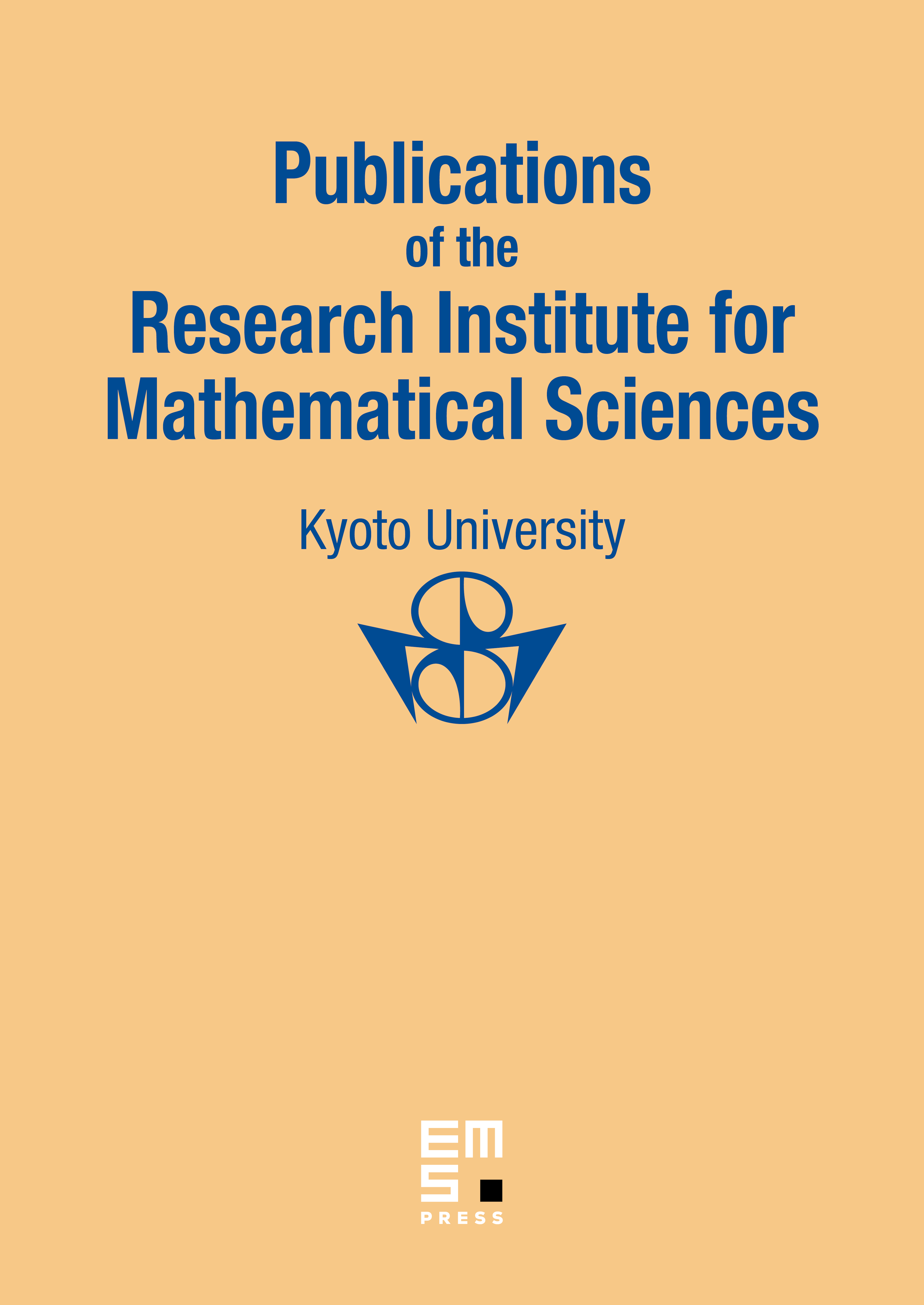A Look at the Inner Structure of the 2-adic Ring -algebra and Its Automorphism Groups
Valeriano Aiello
Vanderbilt University, Nashville, USARoberto Conti
Università di Roma La Sapienza, ItalyStefano Rossi
Università di Roma Tor Vergata, Italy

Abstract
We undertake a systematic study of the so-called 2-adic ring -algebra . This is the universal -algebra generated by a unitary and an isometry such that and . Notably, it contains a copy of the Cuntz algebra through the injective homomorphism mapping to . Among the main results, the relative commutant is shown to be trivial. This in turn leads to a rigidity property enjoyed by the inclusion , namely the endomorphisms of that restrict to the identity on are actually the identity on the whole . Moreover, there is no conditional expectation from onto . As for the inner structure of , the diagonal subalgebra and are both proved to be maximal abelian in . The maximality of the latter allows a thorough investigation of several classes of endomorphisms and automorphisms of . In particular, the semigroup of the endomorphisms fixing turns out to be a maximal abelian subgroup of Aut topologically isomorphic with . Finally, it is shown by an explicit construction that Out is uncountable and non-abelian.
Cite this article
Valeriano Aiello, Roberto Conti, Stefano Rossi, A Look at the Inner Structure of the 2-adic Ring -algebra and Its Automorphism Groups. Publ. Res. Inst. Math. Sci. 54 (2018), no. 1, pp. 45–87
DOI 10.4171/PRIMS/54-1-2